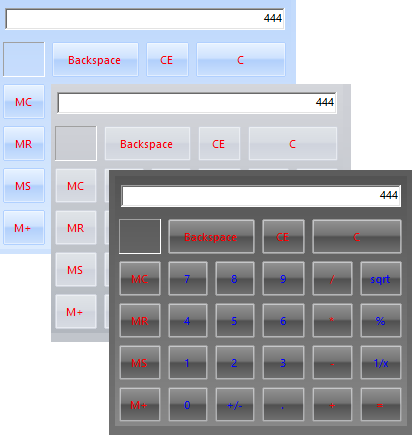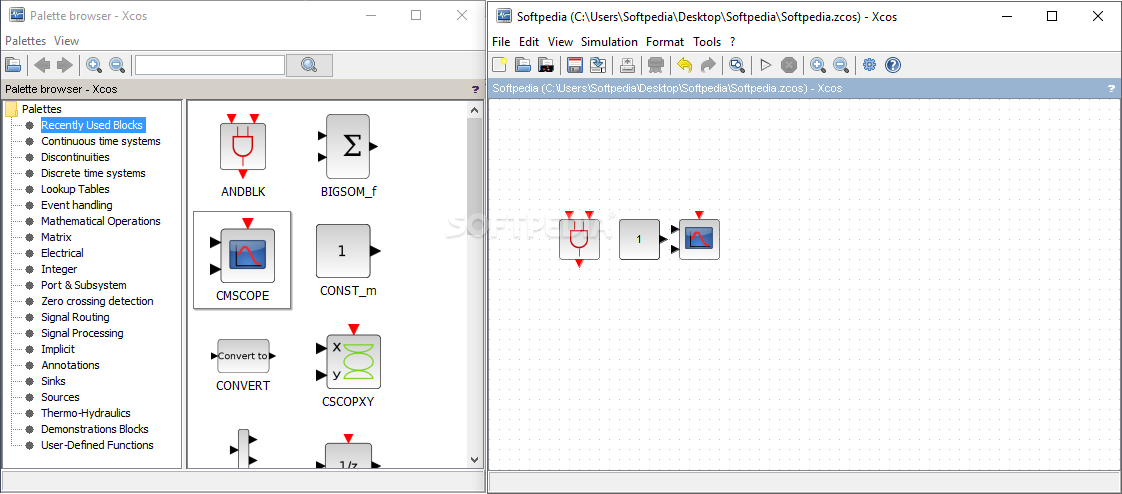
Now you have a nice, fully functional program. You can now run your program with python calculator.py in your terminal window and you’ll be able to calculate as many times as you would like. upper ( ) = 'N' : print ( 'See you later.' ) else : format (number_1, number_2 ) ) print (number_1 / number_2 ) else : print ( 'You have not typed a valid operator, please run the program again.' ) # Add again() function to calculate() function again ( ) def again ( ) :Ĭalculate ( ) elif calc_again. Number_2 = int ( input ( 'Enter your second number: ' ) ) # Addition print ( ' = '. Keep in mind that when asking for input, it can be helpful to include a space at the end of your string so that there is a space between the user’s input and the prompting string:Ĭalculator.py number_1 = int ( input ( 'Enter your first number: ' ) ) Inside of the parentheses of the input() function you can pass a string to prompt the user, and then assign the user’s input to a variable. You can do this by using Python’s built-in input() function to accept user-generated input from the keyboard. For this program, you’ll have the user input two numbers, so instruct the program to prompt the user for two numbers. Next, you’ll add contents to this file to run your program. For this example, we’ll use the text editor nano and name the file calculator.py: You’ll start writing your program at the point where the human enters the numbers that they would like the computer to work with.įirst, you’ll create a file for your program. Step 1 - Prompt Users for InputĬalculators work best when a human provides equations for the computer to solve.
#WINDOWS CONSOLE CALCULATOR INSTALL#
If you need to install Python or set up the environment, you can do so by following the appropriate guide for your operating system. Prerequisitesįor this tutorial, you should have Python 3 installed on your local computer and have a programming environment set up on the machine. We’ll be using math operators, variables, conditional statements, functions, and handle user input to make our calculator. This calculator will be able to perform only basic arithmetic, but the final step of this guide serves as a starting point for how you might improve the code to create a more robust calculator.

#WINDOWS CONSOLE CALCULATOR HOW TO#
This tutorial presents a learning exercise that outlines how to make a command-line calculator program in Python 3.

This quality can be utilized to make useful programs. The Python programming language is a great tool to use when working with numbers and evaluating mathematical expressions.


 0 kommentar(er)
0 kommentar(er)
